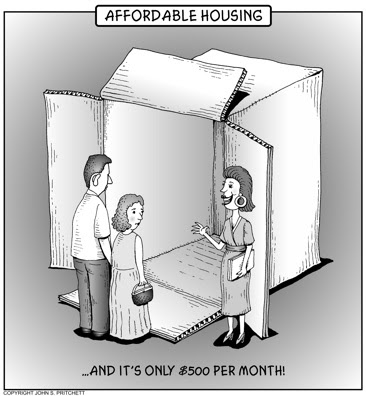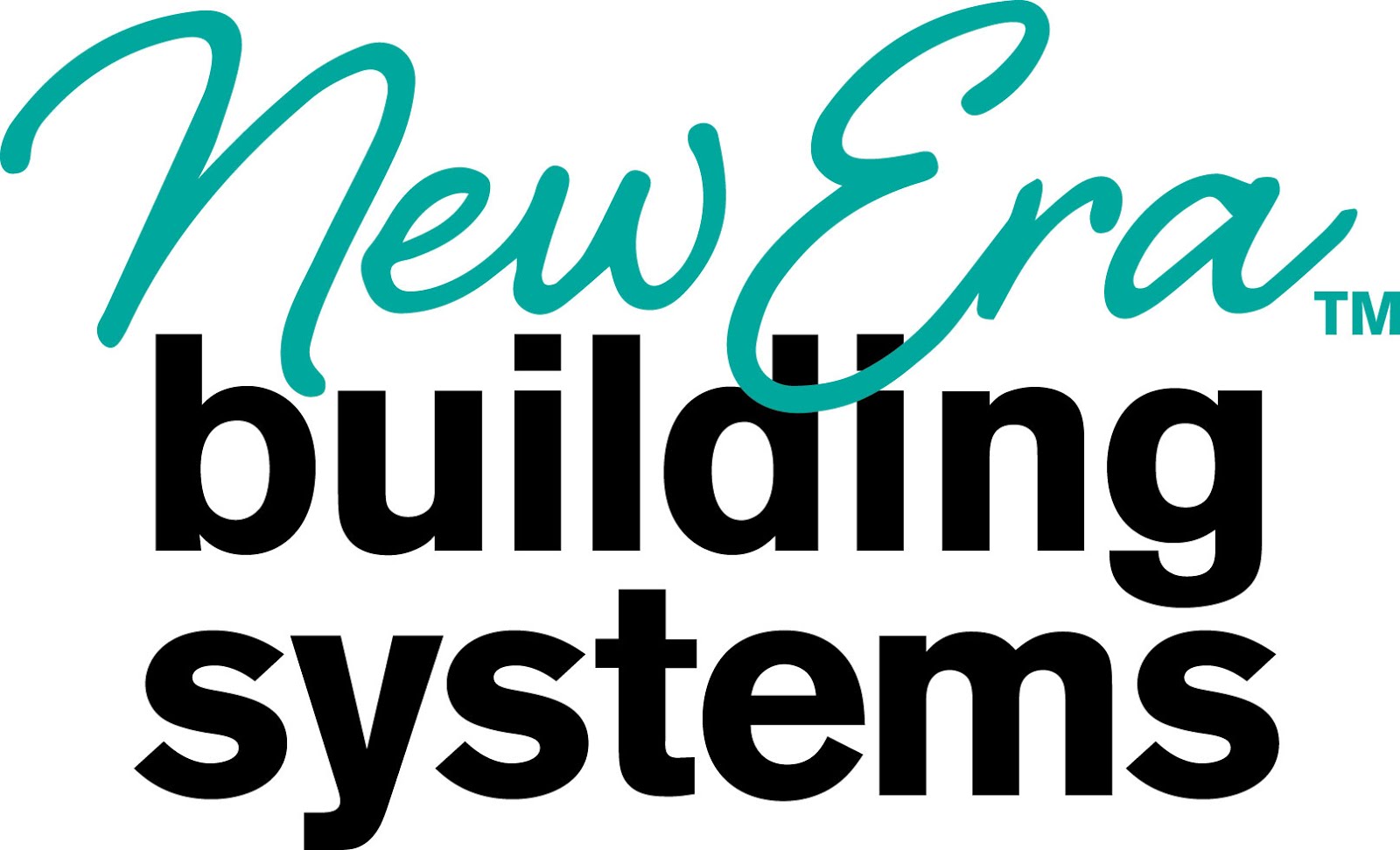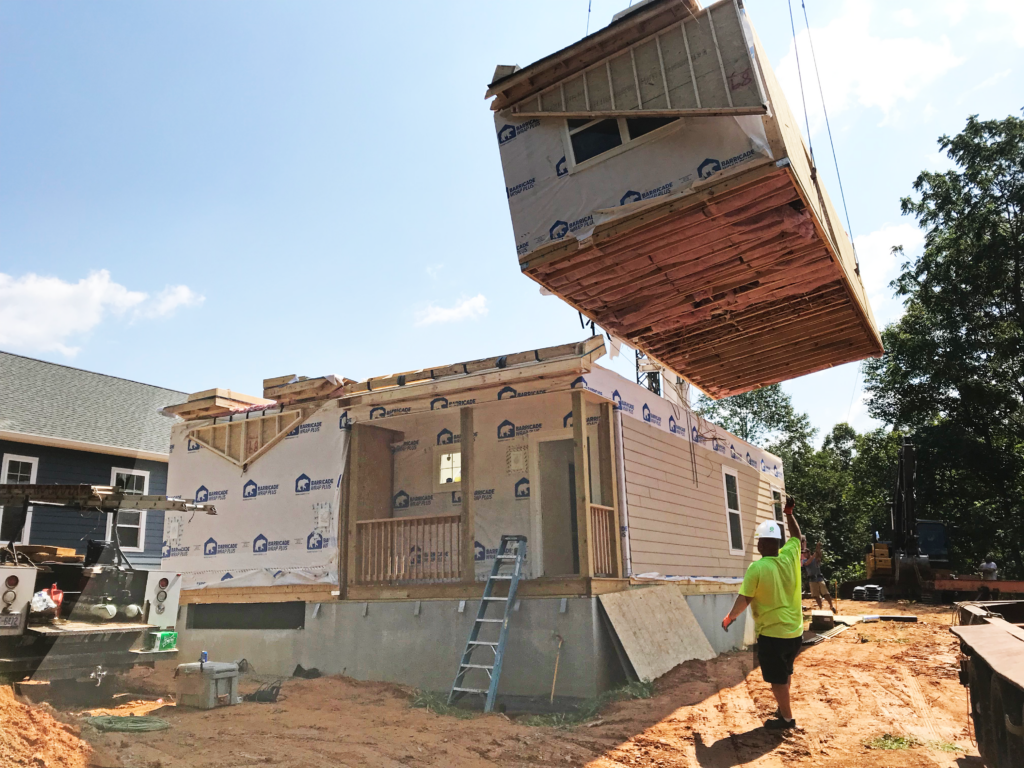Over the past four years, the American housing market has undergone a dramatic transformation. In 2020, the dream of homeownership for first-time buyers seemed within reach, but by 2024, it has become a financial challenge few anticipated. With mortgage rates nearly doubling, the financial burden of purchasing a home has soared, forcing young buyers to rethink their approach.

.
According to recent data, the average income needed to buy a home today is $106,000 per year. However, the average potential first-time homeowner earns only $81,000, creating a significant affordability gap. As a result, many prospective buyers, particularly those in their thirties, are looking for alternatives that allow them to achieve their homeownership dreams without overextending their finances. One of the most prominent trends to emerge is a shift beyond traditional suburban areas into the “xurbs”—smaller cities primarily in the Eastern United States and rural areas in the Midwest.
The Rise of the Xurbs: More Space, More Value
Unlike traditional suburban sprawl, xurban areas offer a compelling mix of affordability, space, and quality of life. Homebuyers moving into these regions are often drawn to the larger lot sizes, more spacious homes, and a lifestyle that caters to modern needs. Many of these homes are built with dedicated office spaces, making them particularly appealing to the growing remote workforce.

.
The COVID-19 pandemic accelerated the shift to remote work, and while many companies have called employees back to the office in some capacity, many workers are unwilling to return to long daily commutes. Instead, a new compromise has emerged: homebuyers are increasingly willing to accept long commutes—sometimes over 60 to 90 minutes—if it means securing a more affordable, desirable home in a location that aligns with their lifestyle priorities.
The Western Exodus: Why Young Buyers Are Leaving
The migration of homebuyers away from high-cost states, particularly in the West, has moved beyond a trickle and become a full-fledged exodus. States like California, Washington, and Oregon have long been known for their skyrocketing home prices, high taxes, and stringent zoning regulations, which make homeownership difficult for middle-class buyers. Even in states with historically more affordable housing, such as Colorado and Arizona, prices have climbed to levels that are increasingly out of reach for first-time buyers.
This has prompted many to look eastward, where housing remains relatively affordable, and to the Midwest, where large rural properties offer both space and value. Cities in states like Tennessee, Ohio, and Pennsylvania have become hot spots for young families looking for a balance between affordability and opportunity. The cost of living in these regions is significantly lower than in major coastal metropolitan areas, and the lifestyle is often more attractive to those seeking a slower, more community-driven environment.
The Emerging Trend of Urban Sleep Cubicles
As remote work policies fluctuate and companies adjust their hybrid work models, a new housing concept is quietly taking hold—urban sleep cubicles. These compact, rentable spaces provide an alternative for workers who need to be physically present in the office but live too far away to commute daily.

.
These cubicles, typically located in major cities or near business hubs, offer a minimalistic yet functional setup: a bed, shower facilities, and small storage for a wardrobe. Designed for occasional stays rather than permanent residency, they cater to professionals who return home only a few times a week. While this model is still in its infancy, it presents a solution for workers who want to retain the financial and lifestyle benefits of xurban or rural living without completely severing ties with their urban workplaces.
The Future of Homeownership: Adaptation and Innovation
The challenges of the modern housing market have forced young buyers to think outside the box—both figuratively and literally. Whether by relocating to xurbs, embracing longer commutes, or utilizing urban sleep cubicles, today’s first-time homeowners are reshaping the American housing landscape in unprecedented ways.
Developers and policymakers will need to adapt to these shifts, ensuring that infrastructure, public transportation, and zoning laws evolve alongside changing homeownership trends. Additionally, employers may need to reconsider their in-office mandates as employees demonstrate a clear willingness to make substantial lifestyle changes rather than return to high-cost urban centers.
While the dream of homeownership remains alive, it is undeniably evolving. For many young buyers, the path to purchasing a home no longer follows the traditional trajectory of suburban expansion but instead charts a new course toward affordability, flexibility, and innovation.
Gary Fleisher, The Modcoach, writes about the modular and offsite construction industry at Modular Home Source.
.
CLICK HERE to read the latest edition
Contact Gary Fleisher












